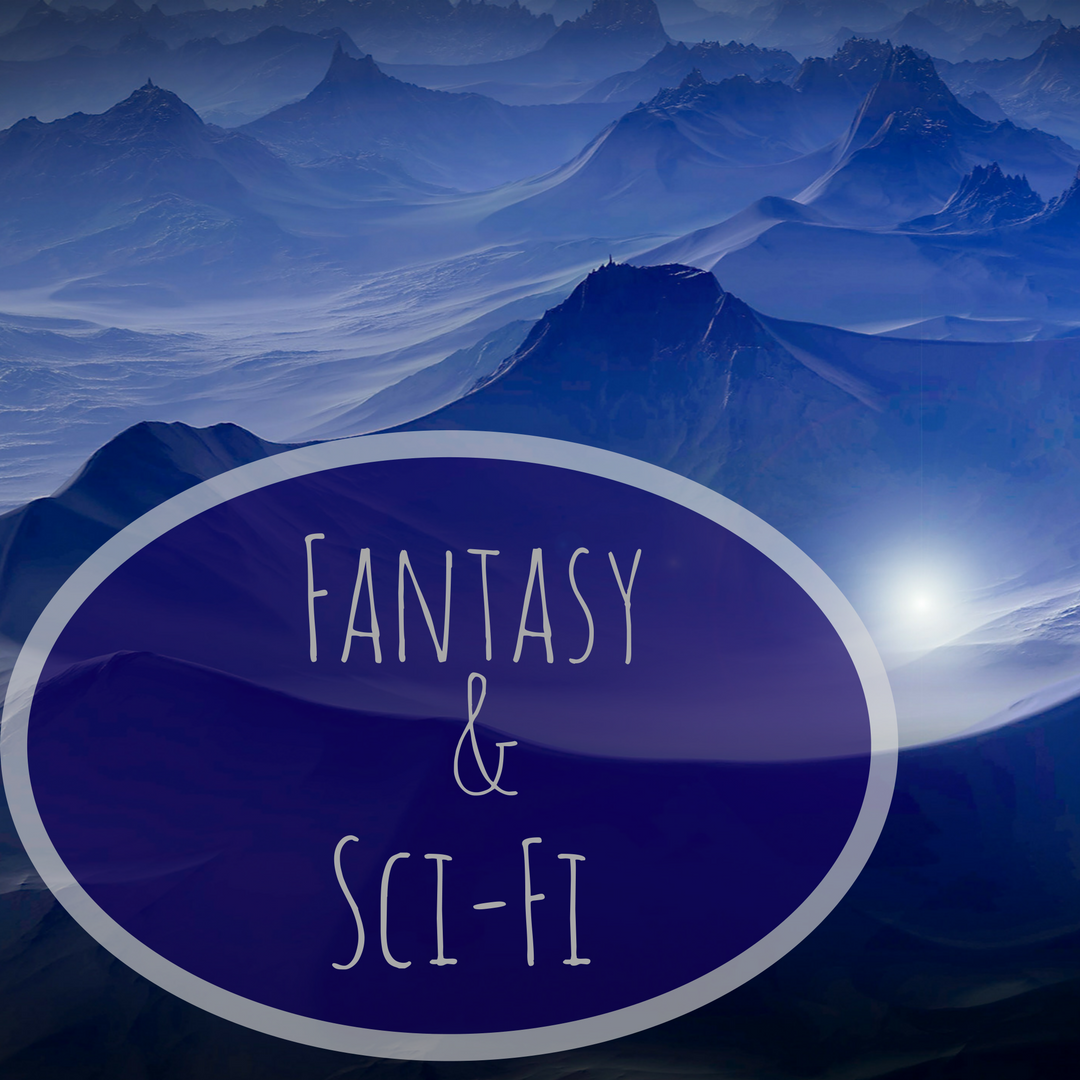What do “The Lord of the Rings,” “The Chronicles of Narnia,” and “The Land of Oz” all have in common?
Crack open any of these classic books and you’ll find a map of a fantasy world to go with the story. The inclusion of maps within works of fantasy was not uncommon in early literature, however, it was made more popular with J.R.R. Tolkien’s “The Lord of the Rings” saga.
There are multiple reasons to include a map in your fantasy work. A map can aid a reader to use their imagination and abandon their disbelief of the non-reality. This new world, although steeped in mystery, becomes real to the reader, bringing a deeper connection between the reader and the story. Just as the character of the story is on a journey through this fantasy world, having a visual of where that character treads can create a better understanding of his personality.
Among the more recent fantasy writers, a few authors prefer to avoid the inclusion of a map, as they consider it a distraction from the story. These authors would prefer for the reader to deeply connect with the words, and to avoid the urge to flip back to the map, thus breaking up the story in the reader’s mind.
But there are also writers who hold firm to the inclusion of maps, recognizing that every reader is different. Some readers love maps and might purchase a fantasy book simply because a map is included! Others are more visual and need a map to help them understand the movements within the story. Ultimately, if a reader isn’t a fan of maps, they will likely just skip right over it anyway.
So, should you include a map in your fantasy manuscript? Consider these thoughts to help you decide:
– It’s not a good idea to include it just because other fantasy authors do so. If a map is necessary for the reader to understand the story—particularly if there is quite a bit of travel within it—then by all means, include one!
– Can you keep it simple? It’s important to keep the reader in mind so you don’t bog the picture down with extraneous detail. There is a difference between “complicated” and “detailed.”
– How much research are you willing to put into it? There can be marked differences between a medieval design and a futuristic design. Study the maps of successful fantasy books and see what common theme you see between them.
If you’re still not sure if your book needs a map, then ask your beta readers or critique partners for their input. If you can write in a way so the reader doesn’t need to flip to a map to understand where your character’s journey takes them, then it’s likely you can leave out this extra element in your story.
Does your manuscript include a map? How has it improved the overall understanding of your fantasy world with your readers? I’d love to hear your thoughts below!
 Laura L. Zimmerman is a homeschooling mom to three daughters, and a doting wife to one husband. Besides writing, she is passionate about loving Jesus, singing, drinking coffee and anything Star Wars. You can connect with her through Facebook and Twitter and at her website,www.lauralzimmerman.com
Laura L. Zimmerman is a homeschooling mom to three daughters, and a doting wife to one husband. Besides writing, she is passionate about loving Jesus, singing, drinking coffee and anything Star Wars. You can connect with her through Facebook and Twitter and at her website,www.lauralzimmerman.com
Featured photo courtesy of Upsplash & NASA





1 Comment
[…] does it? Click here to find out! And feel free to leave a comment below with your thoughts on books and maps and all […]